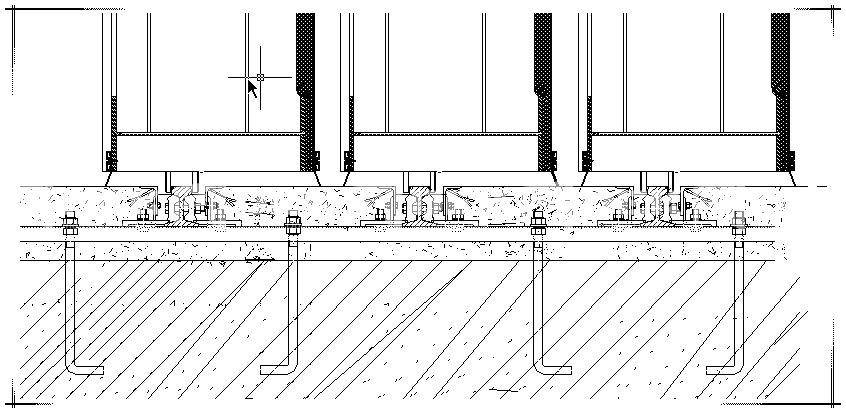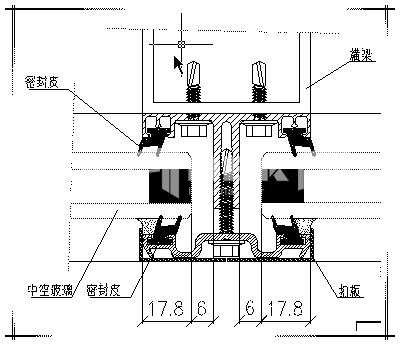General aviation to be China’s new growth
2013/12/6 15:27:17
AVIC International Holding Corporation recently announced that it has completed the acquisition of Teledyne Continental Motors, a U.S. aircraft engine manufacturer. As the Chinese government plans to open more low-altitude airspace (below 3,000 meters), the acquisition will make AVIC International better prepared for the burgeoning general aviation market in the country, said Wu Guangquan, president of AVIC International. China will further open its airspace in the next few years, aiming to completely open all of its low-altitude airspace by 2015, revealed Li Jiaxiang, director of the Civil Aviation Administration of China.
General aviation industry is promising
General aviation refers to the operation of civilian aircraft for purposes other than commercial passenger transport. Wu Tongshui, president of the Civil Aviation University of China and head of the General Aviation Commission under the China Air Transport Association, said that general aviation aircraft normally fly at low altitudes, so the opening of low-altitude airspace is of vital importance to the development of the general aviation industry. General aviation is likely to become China’s new growth sector in the process of economic restructuring. Sinolink Securities also noted that as China gradually opens its low-altitude airspace and streamlines the approval process, the domestic demand for private and corporate aircraft will increase sharply, and its generally aviation industry will develop by leaps and bounds in the next 10 years.
Many Chinese aviation companies have tapped into the general aviation market. The China Aviation Industry General Aircraft Company (CAIGA), a subsidiary of the Aviation Industry Corporation of China, started operations in Zhuhai in May 2010. CAIGA possesses the majority of the general aviation aircraft design and manufacturing resources available in China, and has recently acquired a 100 percent stake in the U.S.-based Cirrus Industries Inc., the world’s second largest general aviation aircraft manufacturer. Industry insiders said that the acquisition will greatly enhance CAIGA’s production capacity, and help it meet the surging demand for general aviation aircraft as China looks to further open up its low-altitude airspace.
As an international general aviation services company, Avion Pacific is also ready to grasp the new business opportunities. “The opening of low-altitude airspace will promote the development of the general aviation industry, and cause a considerable increase in the demand for related services. We are looking for upstream and downstream expansion, and will provide one-stop services including aircraft purchases and pilot training in the future,” said Peng Liwu, marketing manager of Avion Pacific.
Foreign giants accelerate deployment in China
Eurocopter is expected to sell 50 to 100 commercial helicopters to China in the next five to 10 years along with the gradual expansion of Chinas business demand and pilot low-altitude airspace, and will also establish offices in Chengdu, Wuhan and Harbin in 2011 to address the upcoming sales expansion in China, said Bruno Boulnois, chief executive officer of Eurocopter China Corporation.
Cirrus Aircraft established an operating and service base for general aircraft at the Zhuhai Aviation Industrial Park as early as July 2010. This is the first general aviation service station that serves small private aircraft in China, which provides services such as aviation and weather information, refueling and maintenance mainly for private jet owners in Hong Kong, Macao and the Pearl River Delta, as well as private jet enthusiasts.
What will the large-scale expansion of foreign giants bring to Chinas general aviation industry?
“The development of the whole industry will be accelerated through cooperating with foreign companies and introducing advanced technologies to develop Chinas own products and intellectual property rights,” said Wang Xia, deputy president of the General Aviation College under the Civil Aviation University of China. “As foreign companies have limited knowledge of the domestic general aviation policies and operating system, domestic enterprises still have certain advantages. However, the advantages are temporary. We must advance with the times and continue to develop to maintain this advantage,” Peng said when answering the question of how to deal with the impact of foreign companies on domestic enterprises.
Challenges coexist with opportunities
The opening of low-altitude airspace will bring both development opportunities and challenges to the general aviation industry.
“The construction of related infrastructure and administrative systems is a top priority task,” said Wang, “Although low altitude flights are allowed in policy, many problems still need to be solved for practical flights, including flight qualification examination and approval, application procedures, flight course distribution and air safety monitoring. In addition, the construction of airports, flight service zones and permanent air bases should also follow up in time.”
Regarding the aforementioned situations, Li expressed that strict and complete standards will be formulated for low-altitude general aircraft flights before the low-altitude airspace is fully opened.
According to the “China’s Civil Aviation Development in the 12th Five-Year Plan” issued on April 7, China will accelerate the construction of its five airport groups in northern, eastern, south-central, southwestern and northwestern regions of China, and especially, regional airports in cities such as Mohe, Huai’an, Tengchong, Yushu will be developed as priorities.
By Peoples Daily Online
General aviation industry is promising
General aviation refers to the operation of civilian aircraft for purposes other than commercial passenger transport. Wu Tongshui, president of the Civil Aviation University of China and head of the General Aviation Commission under the China Air Transport Association, said that general aviation aircraft normally fly at low altitudes, so the opening of low-altitude airspace is of vital importance to the development of the general aviation industry. General aviation is likely to become China’s new growth sector in the process of economic restructuring. Sinolink Securities also noted that as China gradually opens its low-altitude airspace and streamlines the approval process, the domestic demand for private and corporate aircraft will increase sharply, and its generally aviation industry will develop by leaps and bounds in the next 10 years.
Many Chinese aviation companies have tapped into the general aviation market. The China Aviation Industry General Aircraft Company (CAIGA), a subsidiary of the Aviation Industry Corporation of China, started operations in Zhuhai in May 2010. CAIGA possesses the majority of the general aviation aircraft design and manufacturing resources available in China, and has recently acquired a 100 percent stake in the U.S.-based Cirrus Industries Inc., the world’s second largest general aviation aircraft manufacturer. Industry insiders said that the acquisition will greatly enhance CAIGA’s production capacity, and help it meet the surging demand for general aviation aircraft as China looks to further open up its low-altitude airspace.
As an international general aviation services company, Avion Pacific is also ready to grasp the new business opportunities. “The opening of low-altitude airspace will promote the development of the general aviation industry, and cause a considerable increase in the demand for related services. We are looking for upstream and downstream expansion, and will provide one-stop services including aircraft purchases and pilot training in the future,” said Peng Liwu, marketing manager of Avion Pacific.
Foreign giants accelerate deployment in China
Eurocopter is expected to sell 50 to 100 commercial helicopters to China in the next five to 10 years along with the gradual expansion of Chinas business demand and pilot low-altitude airspace, and will also establish offices in Chengdu, Wuhan and Harbin in 2011 to address the upcoming sales expansion in China, said Bruno Boulnois, chief executive officer of Eurocopter China Corporation.
Cirrus Aircraft established an operating and service base for general aircraft at the Zhuhai Aviation Industrial Park as early as July 2010. This is the first general aviation service station that serves small private aircraft in China, which provides services such as aviation and weather information, refueling and maintenance mainly for private jet owners in Hong Kong, Macao and the Pearl River Delta, as well as private jet enthusiasts.
What will the large-scale expansion of foreign giants bring to Chinas general aviation industry?
“The development of the whole industry will be accelerated through cooperating with foreign companies and introducing advanced technologies to develop Chinas own products and intellectual property rights,” said Wang Xia, deputy president of the General Aviation College under the Civil Aviation University of China. “As foreign companies have limited knowledge of the domestic general aviation policies and operating system, domestic enterprises still have certain advantages. However, the advantages are temporary. We must advance with the times and continue to develop to maintain this advantage,” Peng said when answering the question of how to deal with the impact of foreign companies on domestic enterprises.
Challenges coexist with opportunities
The opening of low-altitude airspace will bring both development opportunities and challenges to the general aviation industry.
“The construction of related infrastructure and administrative systems is a top priority task,” said Wang, “Although low altitude flights are allowed in policy, many problems still need to be solved for practical flights, including flight qualification examination and approval, application procedures, flight course distribution and air safety monitoring. In addition, the construction of airports, flight service zones and permanent air bases should also follow up in time.”
Regarding the aforementioned situations, Li expressed that strict and complete standards will be formulated for low-altitude general aircraft flights before the low-altitude airspace is fully opened.
According to the “China’s Civil Aviation Development in the 12th Five-Year Plan” issued on April 7, China will accelerate the construction of its five airport groups in northern, eastern, south-central, southwestern and northwestern regions of China, and especially, regional airports in cities such as Mohe, Huai’an, Tengchong, Yushu will be developed as priorities.
By Peoples Daily Online












